About JapanLocker
JapanLocker is a ransomware type of virus that targets websites. In that way, JapanLocker is different when compared to the typical ransomware. Usually, when users get infected with this kind of nasty virus, their personal files become encrypted. JapanLocker goes straight to files that keep your website running.
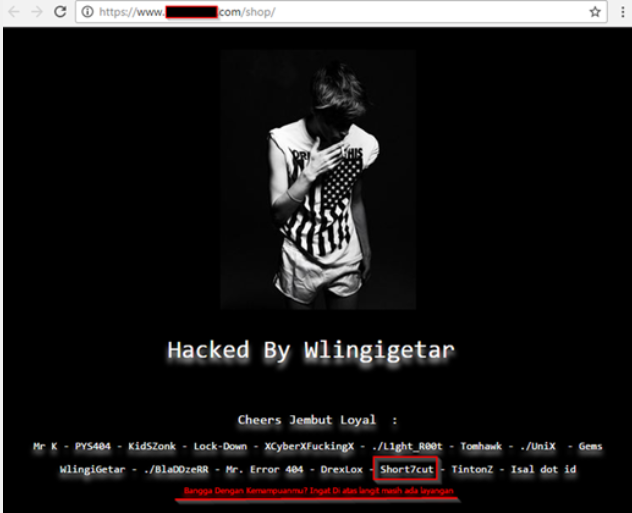
Once it encrypts those files, your website will stop running and you will see a ransom note. It’s not specified how much the hackers want but it does not really matter. A tool capable of reversing the process has already been developed so you can use that. It should be noted that JapanLocker, in comparison to the usual ransomware, uses different spread techniques. Because you can reverse the process, you can delete JapanLocker without worry.
How does JapanLocker infect computers?
While most ransomware uses spam emails to distribute their maliciousness, JapanLocker is a bit different. In special cases, if the target is very specific, JapanLocker developers could try to hack the server directly and infect it with the ransomware. Otherwise, malware specialists state that JapanLocker can spread via corrupted WordPress plug-ins and infected webpages.
How does JapanLocker act?
If you are a website owner, you should be aware that you’re the primary target for JapanLocker. If it manages to infect your computer, it will encrypt the files related to your website and then demand that you pay if you want your website back. According to malware researchers, JapanLocker uses a combination of base64 encoding, ROT13 encryption algorithm and data swapping to encrypt your website files. When you try to access your website, you will see a ransom note saying that your website has been locked and that you need to email japanlocker@hotmail.com to unlock the site. Obviously, they would not decrypt your website out of the goodness of their hearts so they will ask you to pay if you email them. Thankfully, there is no need to contact or pay them. A decryption key that can reverse the process has been released and should be able to restore the files. Even if there was no decryption key, we would not suggest you contact them. In a lot of cases, ransomware developers just ignore the victims after they pay, and the same thing is most likely to happen in this case as well. You can remove JapanLocker and get your website back running again.
JapanLocker removal
Use anti-malware software to delete JapanLocker from your computer. JapanLocker removal should not be too difficult to perform, but instructions on how to remove JapanLocker will be provided below.
Offers
Download Removal Toolto scan for JapanLockerUse our recommended removal tool to scan for JapanLocker. Trial version of provides detection of computer threats like JapanLocker and assists in its removal for FREE. You can delete detected registry entries, files and processes yourself or purchase a full version.
More information about SpyWarrior and Uninstall Instructions. Please review SpyWarrior EULA and Privacy Policy. SpyWarrior scanner is free. If it detects a malware, purchase its full version to remove it.

WiperSoft Review Details WiperSoft (www.wipersoft.com) is a security tool that provides real-time security from potential threats. Nowadays, many users tend to download free software from the Intern ...
Download|more


Is MacKeeper a virus? MacKeeper is not a virus, nor is it a scam. While there are various opinions about the program on the Internet, a lot of the people who so notoriously hate the program have neve ...
Download|more


While the creators of MalwareBytes anti-malware have not been in this business for long time, they make up for it with their enthusiastic approach. Statistic from such websites like CNET shows that th ...
Download|more
Quick Menu
Step 1. Delete JapanLocker using Safe Mode with Networking.
Remove JapanLocker from Windows 7/Windows Vista/Windows XP
- Click on Start and select Shutdown.
- Choose Restart and click OK.

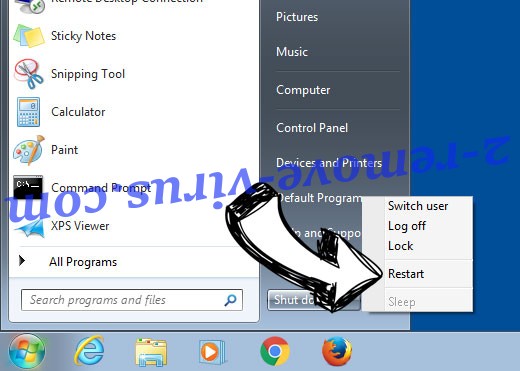
- Start tapping F8 when your PC starts loading.
- Under Advanced Boot Options, choose Safe Mode with Networking.

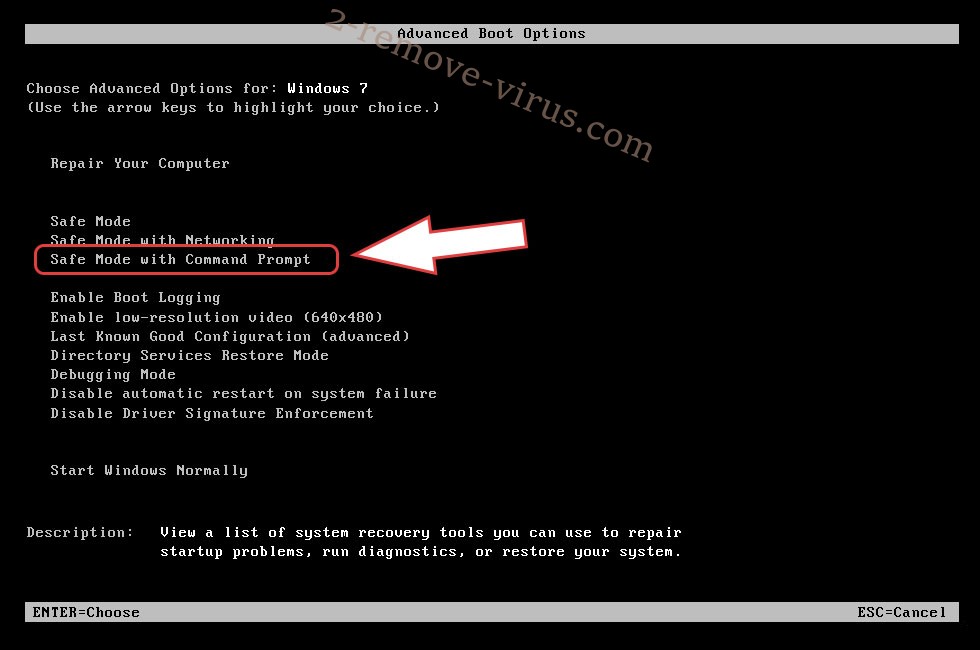
- Open your browser and download the anti-malware utility.
- Use the utility to remove JapanLocker
Remove JapanLocker from Windows 8/Windows 10
- On the Windows login screen, press the Power button.
- Tap and hold Shift and select Restart.

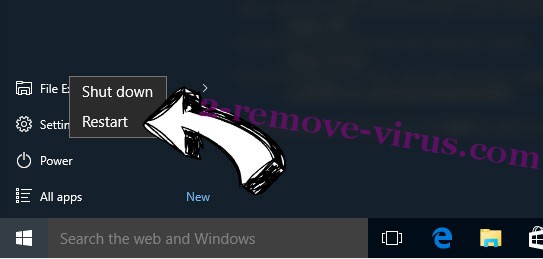
- Go to Troubleshoot → Advanced options → Start Settings.
- Choose Enable Safe Mode or Safe Mode with Networking under Startup Settings.

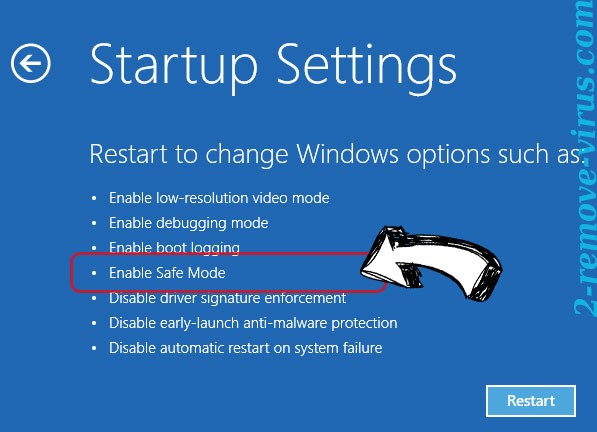
- Click Restart.
- Open your web browser and download the malware remover.
- Use the software to delete JapanLocker
Step 2. Restore Your Files using System Restore
Delete JapanLocker from Windows 7/Windows Vista/Windows XP
- Click Start and choose Shutdown.
- Select Restart and OK


- When your PC starts loading, press F8 repeatedly to open Advanced Boot Options
- Choose Command Prompt from the list.

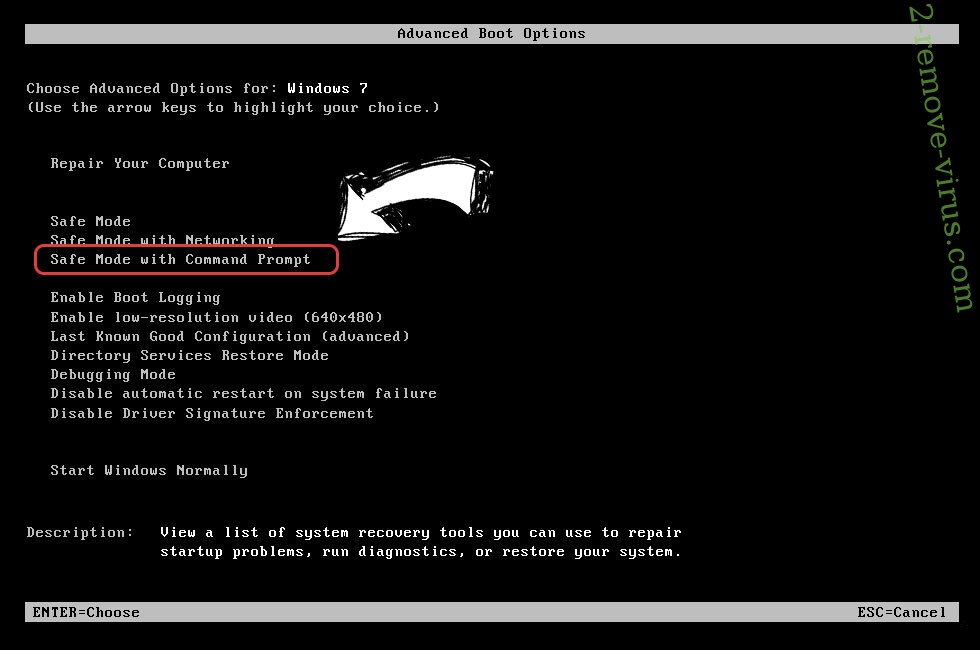
- Type in cd restore and tap Enter.

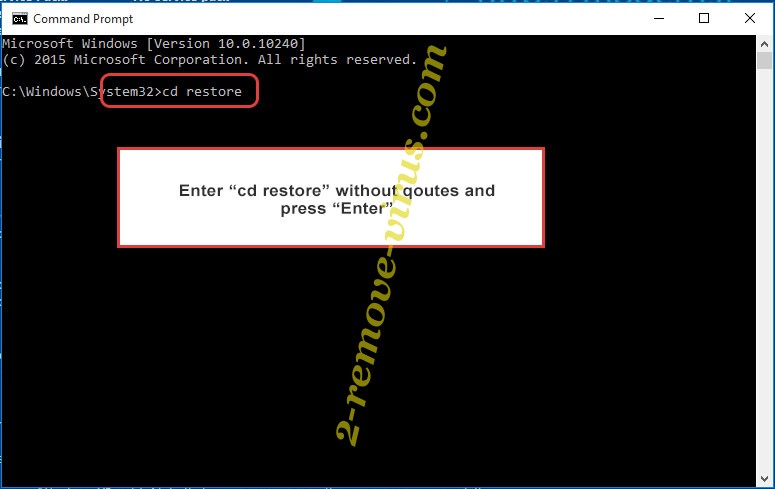
- Type in rstrui.exe and press Enter.

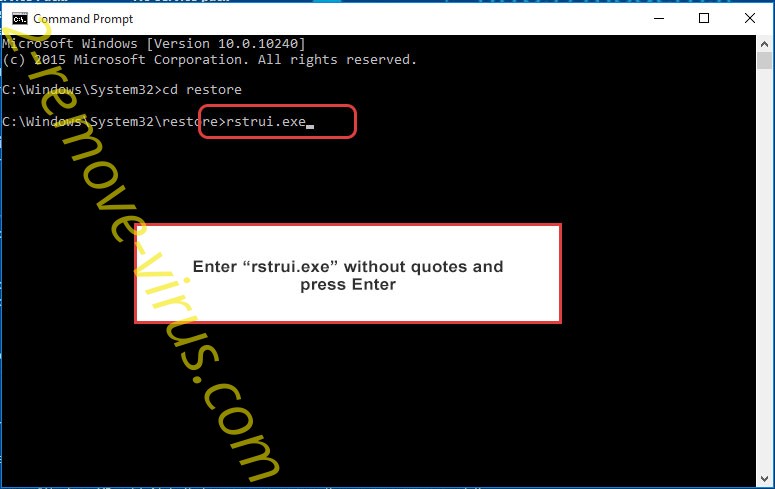
- Click Next in the new window and select the restore point prior to the infection.

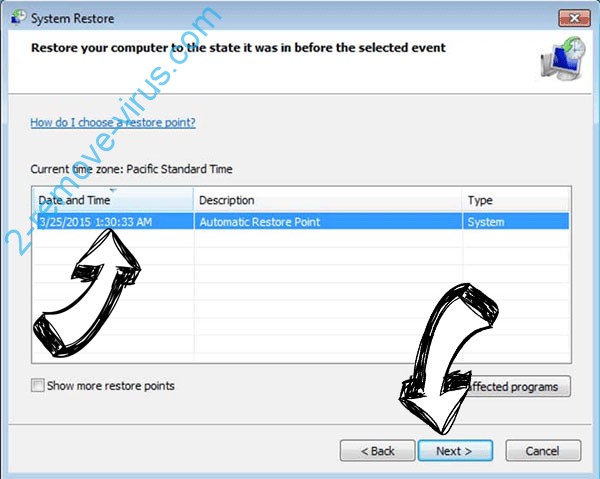
- Click Next again and click Yes to begin the system restore.

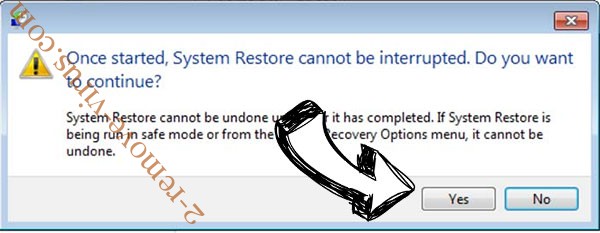
Delete JapanLocker from Windows 8/Windows 10
- Click the Power button on the Windows login screen.
- Press and hold Shift and click Restart.


- Choose Troubleshoot and go to Advanced options.
- Select Command Prompt and click Restart.

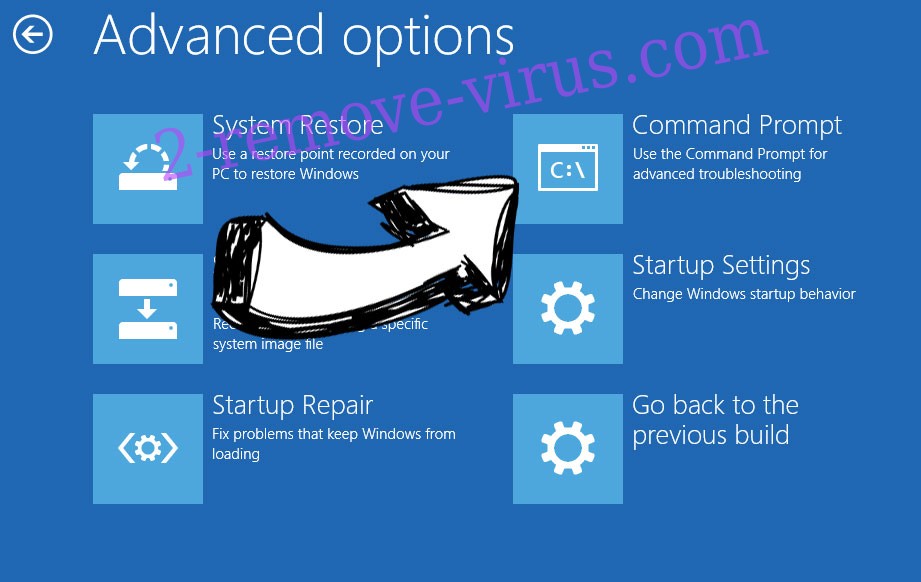
- In Command Prompt, input cd restore and tap Enter.


- Type in rstrui.exe and tap Enter again.


- Click Next in the new System Restore window.

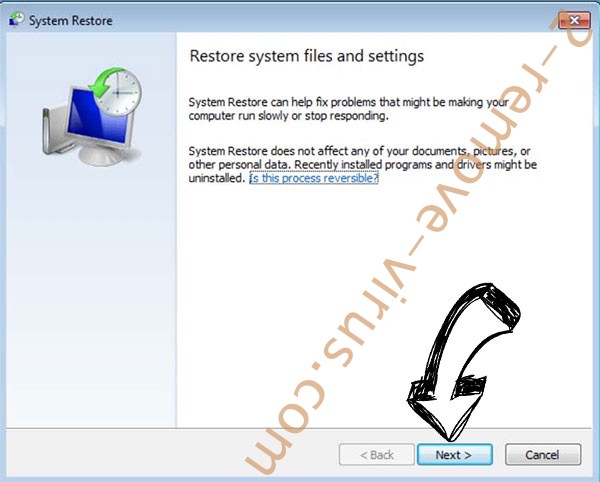
- Choose the restore point prior to the infection.


- Click Next and then click Yes to restore your system.


Site Disclaimer
2-remove-virus.com is not sponsored, owned, affiliated, or linked to malware developers or distributors that are referenced in this article. The article does not promote or endorse any type of malware. We aim at providing useful information that will help computer users to detect and eliminate the unwanted malicious programs from their computers. This can be done manually by following the instructions presented in the article or automatically by implementing the suggested anti-malware tools.
The article is only meant to be used for educational purposes. If you follow the instructions given in the article, you agree to be contracted by the disclaimer. We do not guarantee that the artcile will present you with a solution that removes the malign threats completely. Malware changes constantly, which is why, in some cases, it may be difficult to clean the computer fully by using only the manual removal instructions.
